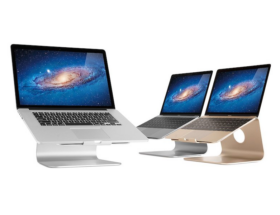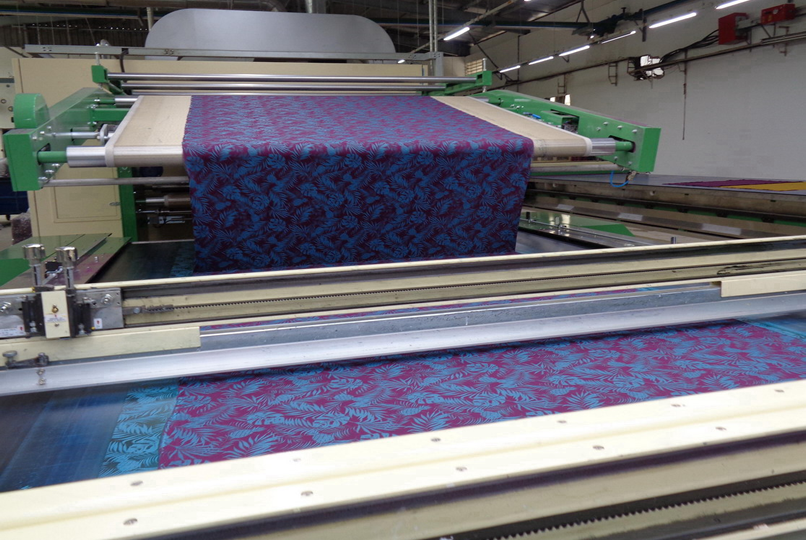
Which is Better: Vinyl Vs Screen Printing
Vinyl and screen printing are popular methods of producing custom designs on garments. Vinyl is an excellent choice for smaller structures that don’t require a lot of detail, while screen printing is ideal for larger designs with multiple colors. Vinyl offers a much faster turnaround time and is generally more affordable, but screen printing can produce more detailed and vibrant results. Additionally, vinyl can be used in a broader range of materials, while screen printing is best for garments with a flat surface. Ultimately, the choice between vinyl and screen printing comes down to the design, size, and budget of the project. Considering this, if we try to understand the answer of Vinyl Vs Screen Printing, you first will have to understand the goal you want to accomplish.
So, let’s find out how Vinyl and Screen-Printing Work!
Defining Vinyl Printing
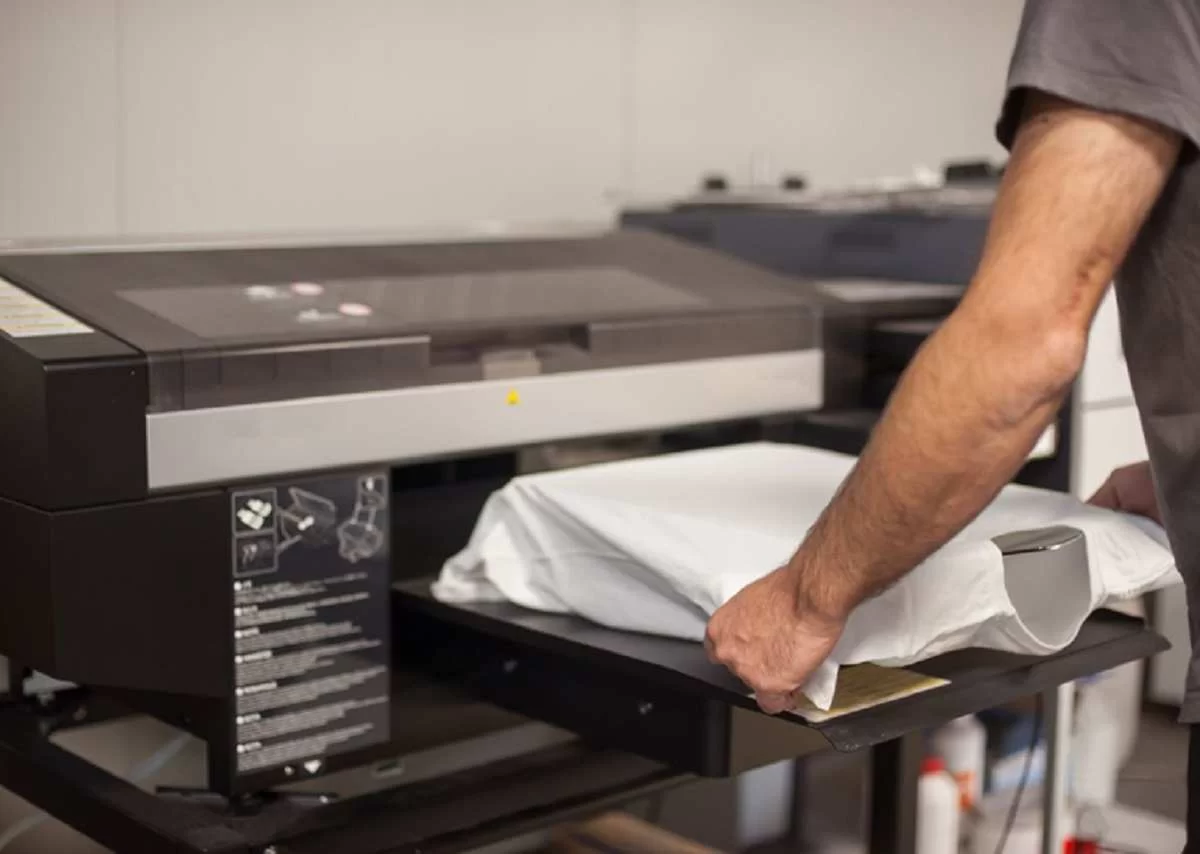
Vinyl printing is a type of printing that involves the use of heat-sensitive ink, which is transferred to a material such as vinyl or fabric through a heat press. The process consists of a transfer paper that is printed with the desired design and then placed onto the material. And then, heat is applied to the transfer paper and the material, which causes the ink to melt and transfer to the material. Sounds pretty technical, isn’t it? But eventually, this process allows for vibrant, detailed prints that can last for years without fading or cracking. Vinyl printing is famous for creating banners, decals, signs, and apparel.
Benefits of Vinyl Printing
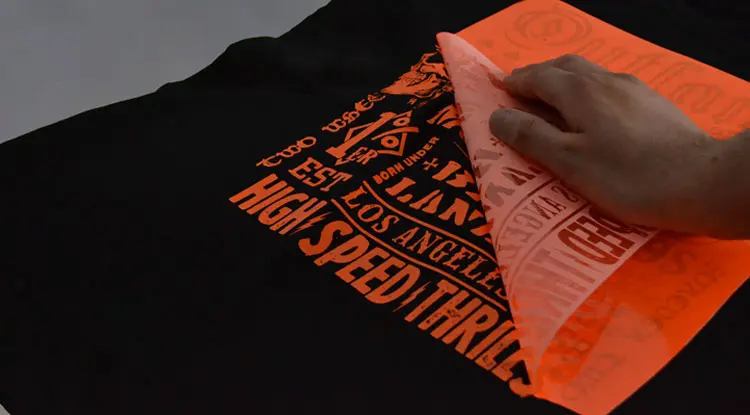
Vinyl printing is a versatile and cost-effective way to produce custom prints. It has many benefits, including:
- Durability: Vinyl prints are incredibly durable, making them ideal for outdoor use. The prints can last for up to five years without fading, even when exposed to direct sunlight.
- Versatility: Vinyl printing is suitable for a wide range of materials, including paper, canvas, wood, glass, and metal. This makes it a great choice for a variety of applications.
- Cost-effectiveness: Vinyl printing is relatively inexpensive, especially compared to other printing methods. It also requires minimal maintenance, which helps to keep costs down.
- High-quality results: Vinyl prints are vivid and vibrant, and they can be customized to fit any design or color scheme.
- Easy to install: Vinyl prints are easy to install and can be applied to a variety of surfaces. They are also easy to remove, making them perfect for temporary or seasonal displays.
Defining Screen Printing
Screen printing is a method of printing images onto various materials like paper, fabric, and plastic. Therefore, a stencil of the wanted image is created first. This stencil is then placed on a screen that is made up of tiny mesh holes. The ink is passed through these holes using a squeegee, “transferring the image onto the substrate.” As a result, the final image is printed on the material. However, after printing, the stencil must be cleaned off and the screen reused for the next design.
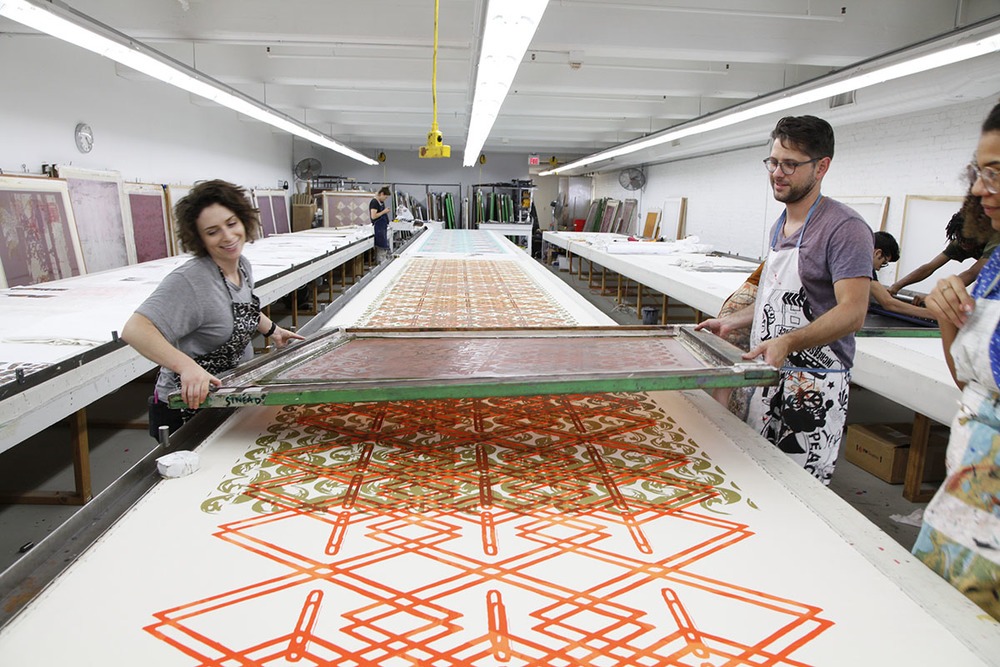
Benefits of Screen Printing
Screen printing is a versatile printing technique that offers a variety of benefits. Here are five of the most significant benefits of screen printing:
- Durability: Screen printing is an incredibly durable printing technique that uses thick layers of ink, making it ideal for items that need to last a long time. The ink is also highly resistant to fading, cracking, and peeling, meaning that items printed with screen printing can be enjoyed for years to come.
- Variety of Substrates: Screen printing can be used to print on a wide range of materials, including paper, fabric, plastic, wood, and metal. This versatility makes it ideal for a variety of projects.
- Cost-Effective: Screen printing is a cost-effective printing method, making it a great option for businesses and individuals on a budget.
- Vibrant Colors: Screen printing produces vibrant, eye-catching colors that are sure to grab attention.
- Versatility: Screen printing is a versatile printing method that can be used for a wide range of projects, from t-shirts to mugs to posters. It is also a great choice for customizing items with unique designs.
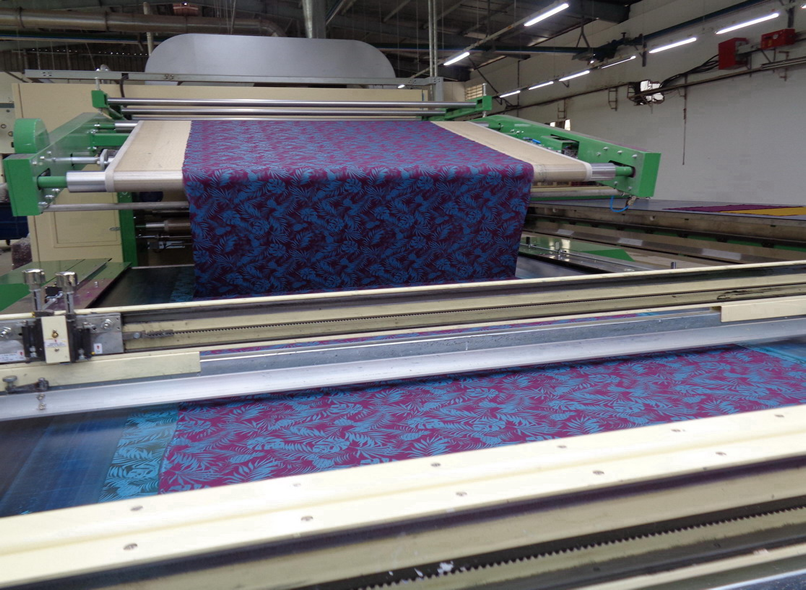
So, at the end, both are great methods, but, your choice may depend on your desired results.

